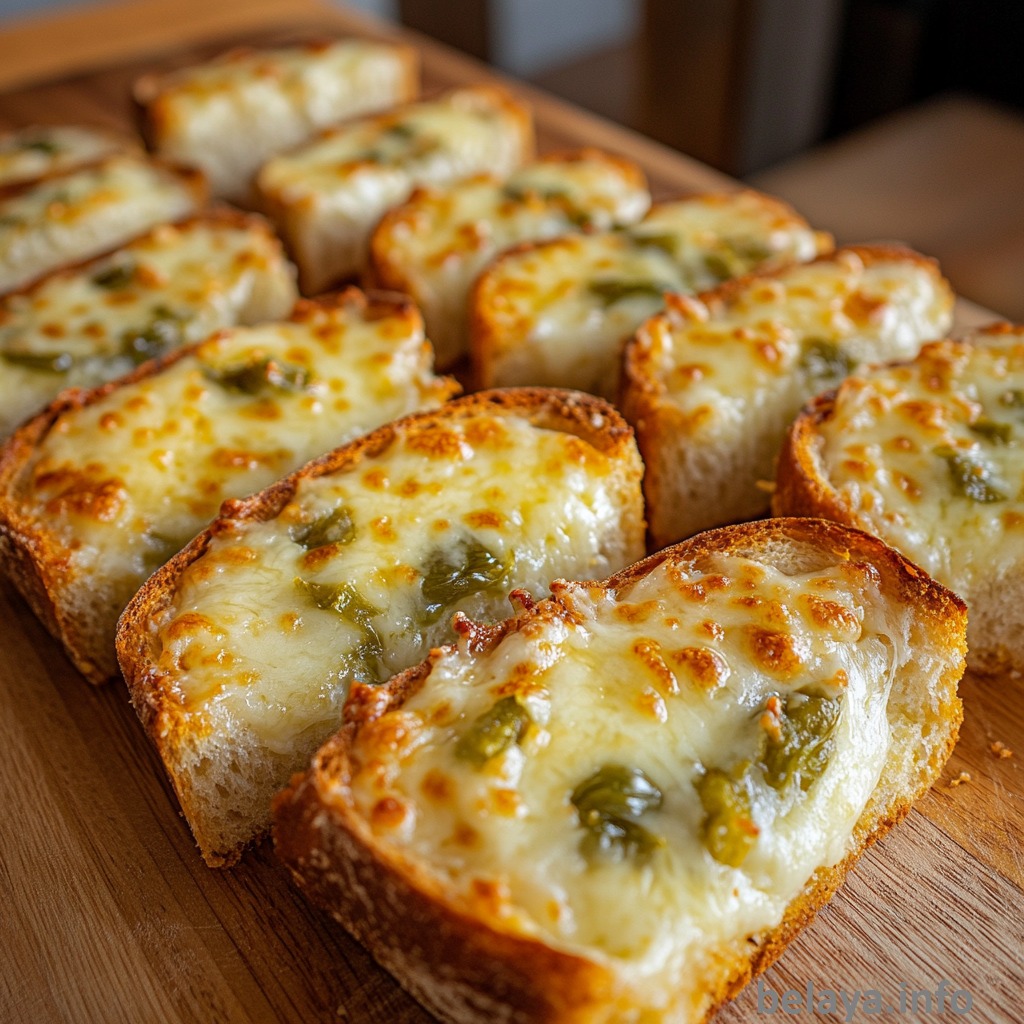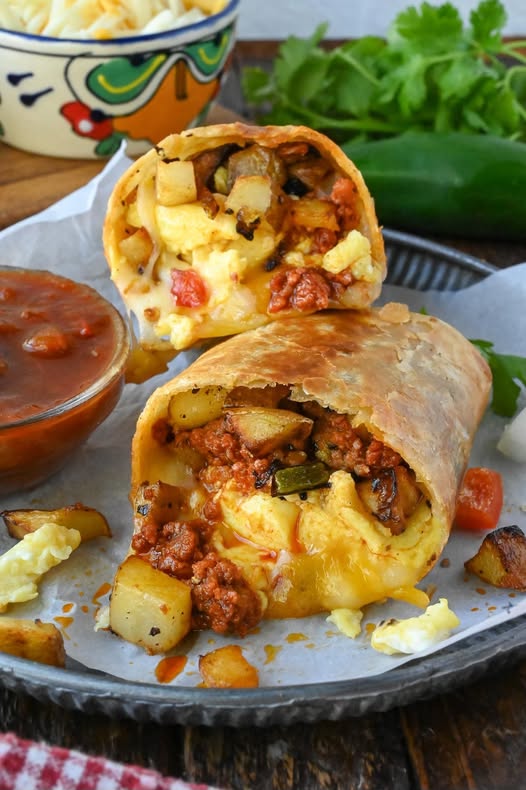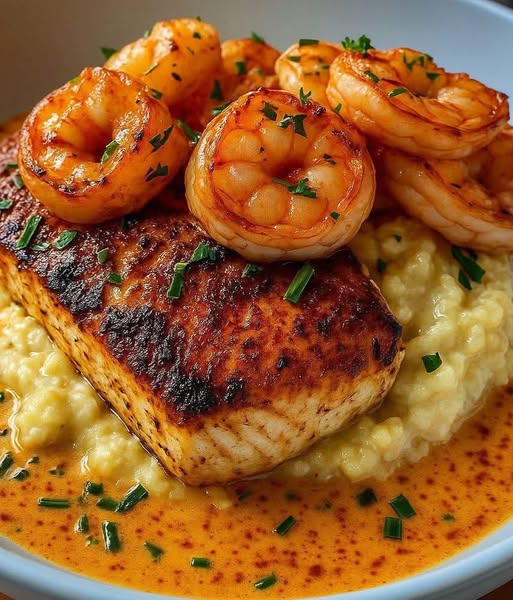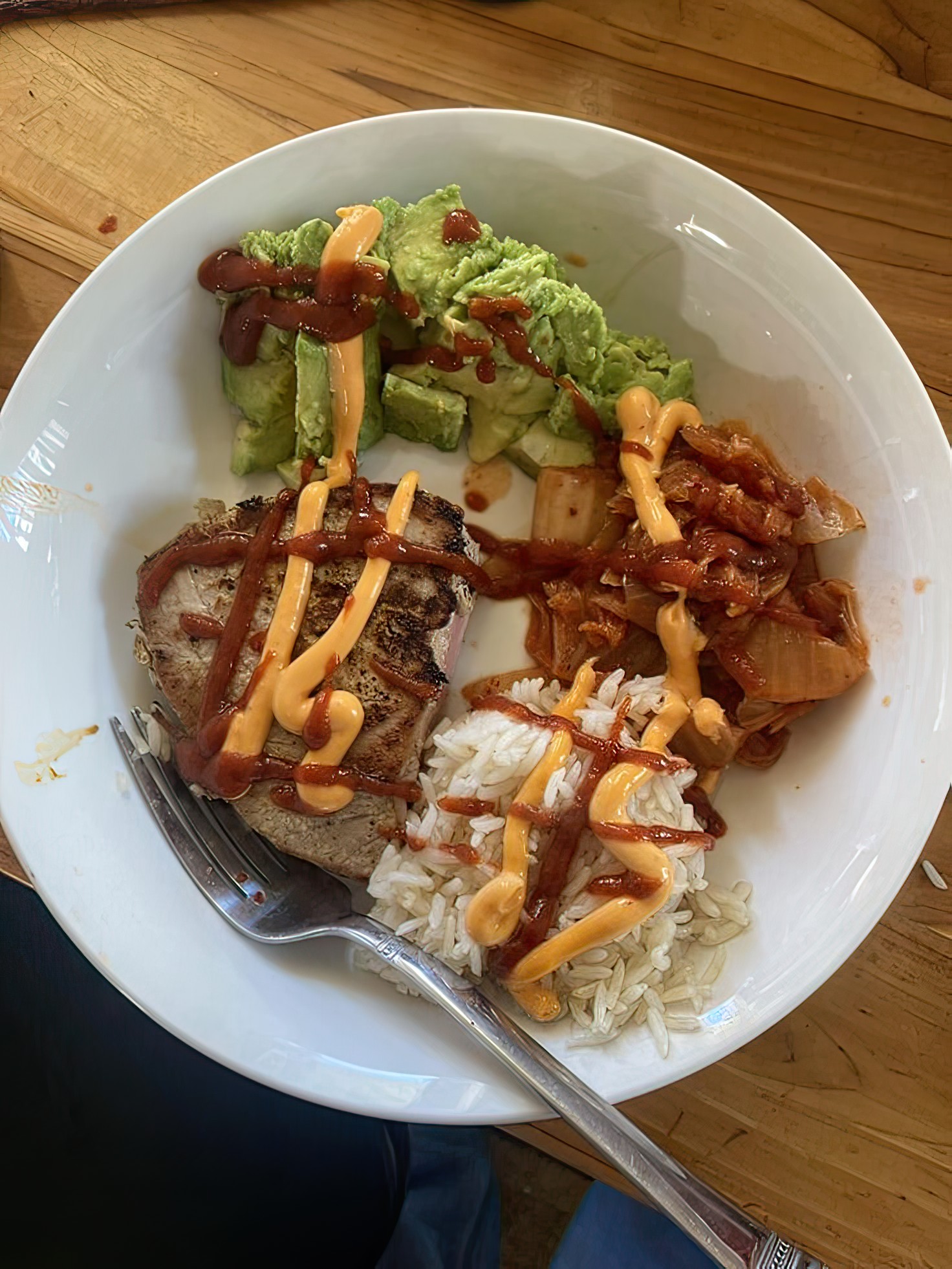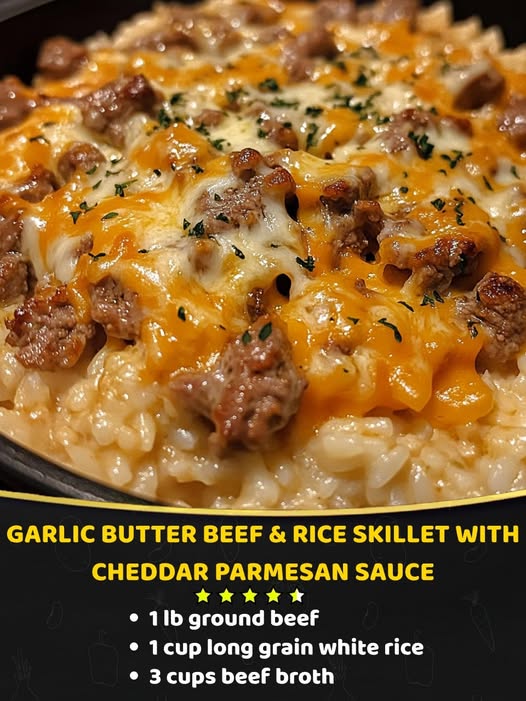Cheesy Scalloped Potatoes are a quintessentially comforting dish, a rich tapestry of creamy, cheesy layers that meld into a symphony of flavor and texture. This dish is the epitome of warmth and indulgence, a perfect centerpiece for any gathering or a cozy family dinner. Its allure lies in the delicate balance of the tender potatoes, enveloped in a velvety cheese sauce, creating a mouthwatering experience that’s hard to resist.
The Rich History of Scalloped Potatoes
The origins of scalloped potatoes trace back to European culinary traditions, particularly those of France and England. The word “scalloped” comes from the Old English term “collop,” which referred to thick slices of meat or fish. Over time, this term evolved to describe the method of buttering and baking slices of potatoes. The concept of layering thinly sliced potatoes with cream and baking them until tender is rooted in these early practices. In France, a similar dish known as “gratin dauphinois” showcases the French flair for elevating simple ingredients into something extraordinary. This dish became popular across Europe, eventually making its way to North America, where it was embraced and adapted to include cheese, creating the beloved cheesy scalloped potatoes we know today.
Cheese: The Star Ingredient
The magic of cheesy scalloped potatoes lies in its star ingredient—cheese. Choosing the right cheese is crucial to achieving that creamy, gooey texture that defines this dish. While traditional recipes may call for a basic cheddar, there’s a world of possibilities to explore. Mixing cheeses can add depth and complexity. Consider incorporating Gruyère for its nutty richness, Parmesan for a salty bite, or even a hint of blue cheese for a bold twist. The cheese should melt beautifully, enveloping each slice of potato with its luscious embrace. The cheese not only provides flavor but also serves as a binder, bringing the dish together in a harmonious blend.
The Art of Layering
The technique of layering is where the artistry of scalloped potatoes truly shines. It’s a simple yet transformative process, where each layer of thinly sliced potatoes is meticulously placed to ensure even cooking and maximum flavor absorption. The potatoes should be sliced uniformly—preferably with a mandoline—creating delicate, translucent rounds. This attention to detail ensures that each slice cooks evenly, resulting in a dish that is tender throughout, yet has a slight firmness to hold its form.
Between the layers of potatoes, the cheese sauce is poured lavishly, seeping into every crevice. The sauce is typically made from a roux-based béchamel, enriched with milk or cream, and infused with cheese. This foundation creates a silky, creamy texture that saturates the potatoes, transforming them into a cohesive, flavorful masterpiece.
Infusing Flavor
What sets a truly memorable dish apart is the subtle infusion of flavors. For cheesy scalloped potatoes, this means considering the addition of aromatics and spices. A touch of garlic, sautéed in butter until golden, can add a layer of depth. A sprinkle of nutmeg can enhance the creaminess, adding warmth and a hint of sweetness. Fresh herbs like thyme or rosemary can be finely chopped and scattered between layers, imbuing the dish with a fragrant, earthy aroma. Each of these elements works in harmony, elevating the dish from a simple side to an unforgettable centerpiece.
Conclusion: A Culinary Embrace
Cheesy scalloped potatoes are more than just a dish—they are an experience, a culinary embrace that invites you to savor each bite. This dish, with its rich history and intricate layers, tells a story of tradition and innovation. It’s a testament to the power of simple ingredients, transformed through technique and creativity, into a work of art. Whether served at a festive holiday table or a casual weeknight dinner, cheesy scalloped potatoes are a celebration of flavor and comfort, an invitation to gather, to share, and to enjoy the simple pleasures of good food and good company.
Cheesy Scalloped Potatoes
Description
Indulge in layers of tender potatoes, rich cheese, and a hint of garlic, all baked into a bubbly, golden masterpiece. Perfect for delighting guests or savoring solo.
Ingredients
Potatoes and Basics
Cheesy Sauce
Toppings and Extras
Instructions
Preparation
-
Gather Your Ingredients
Ensure you have potatoes, cheese, butter, cream, garlic, salt, and pepper ready before starting.Opt for a mix of cheeses like cheddar and Gruyère for a richer flavor. -
Prep the Potatoes
Peel and slice the potatoes thinly, aiming for uniform slices to ensure even cooking.A mandoline slicer can make this step quick and precise.
Cooking the Dish
-
Create the Creamy Sauce
Melt butter in a saucepan over medium heat, add minced garlic, and sauté until fragrant. Stir in cream, salt, and pepper, and bring to a gentle simmer.Don't let the cream boil—just a gentle simmer to meld the flavors. -
Layer the Potatoes
In a greased baking dish, layer half of the potato slices, sprinkle with half of the cheese, and pour over half of the cream mixture. Repeat for the second layer.Ensure the potatoes are slightly overlapping in each layer for tenderness. -
Bake to Perfection
Cover with foil and bake at 375°F for 45 minutes. Remove foil, sprinkle extra cheese on top, and bake uncovered for another 15 minutes until golden and bubbly.Let it sit for 10 minutes before serving to set the layers nicely.
Finishing Touches
-
Garnish and Serve
Sprinkle with fresh chopped parsley before serving to add a pop of color and freshness.This step adds both visual appeal and a subtle fresh flavor.
Note
For a richer flavor, use a mix of sharp cheddar and gruyère cheese. Slice potatoes uniformly for even cooking. To prevent a watery dish, pat potatoes dry before layering. A pinch of nutmeg in the sauce enhances the cheese's nuttiness. Consider adding garlic or thyme for an aromatic twist. If you prefer a crispy top, broil for the last 2-3 minutes. Let the dish sit for at least 15 minutes before serving to allow the flavors to meld. Use a mandoline for quick and precise slicing. Swap whole milk for cream for a more indulgent sauce, or use chicken broth for a lighter version. For a bit of color and a burst of freshness, garnish with chopped chives or parsley before serving.
